Believe it or not, the size and color of your plates have a lot to do with portion control. Most of us really do eat with our eyes, so to speak.
If you’re given a large plate or bowl do you only fill half of it? Most of us would fill the entire thing, and once it’s in front of us, we feel compelled to to eat it all.
If, on the other hand, you use a smaller plate or bowl, you’re likely to eat — and be satisfied with — that portion.
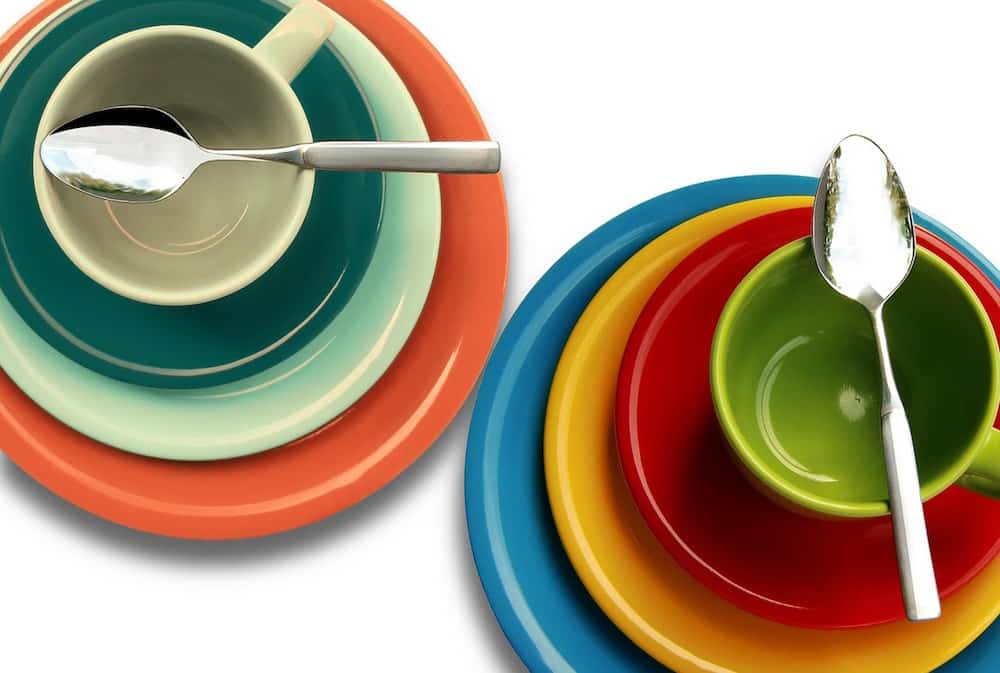
A couple of years ago, I made one simple switch — I started serving my portion of dinner on smaller plates. Kind of like the difference between a standard plate as shown in the photo, and the smaller size, which might be more like a lunch plate.
Even though I didn't particularly need to lose weight, I have very slowly lost 5 or 6 pounds in that time.
We tend to fill up whatever kind of plate we use, and I find I'm just as satisfied with the portion that fits on the smaller plate.
In fact, I enjoy not feeling stuffed after a meal. I have another rule — I wait 15 to 20 minutes before taking seconds, and 95% of the time, I no longer want to after the wait, as that's how long it takes for the message to reach the brain that you are satiated.
Consider a few facts:
Since the early 1900s, the size of a normal American dinner plate has become at least 25% larger. In the 1960s, plates were roughly 9 inches in diameter. In the 1980s, they grew to around 10 inches. By the year 2000, the average dinner plate was 11 inches in diameter, and now, it’s not unusual to find dishes that are 12 inches or larger.
And that’s aside from restaurant plates, which can sometimes resemble small boats! And of course, the larger the plate, the calories on it can really add up.
Even the sizes of drinking glasses have grown, which means we’re adding even more calories by drinking them. It is better to use tall, thin glasses, unless you’re drinking water, in which case go for a big glass!
Some studies have shown that there’s a correlation between the color of your dinner plate and how much you’re likely to eat. People are less likely to overeat when there is a high contrast between the food, plates, glasses and tablecloths, for example.
While you might take these studies with a grain of salt, one thing that’s hard to argue with is that most people will eat whatever is put in front of them, even if it’s too much.
An empty stomach is the size of a fist, more or less. It can expand up to 10 times its original size to accommodate food. But why stretch it? Once expanded, over time, it’s less likely to shrink back to its original size. That’s why smaller meals, and smaller portions are the wise route to take. And the size of your plates, bowls, and glasses can help you limit your intake at each meal.
This article was contributed to Veg Kitchen by Shana Paluba.


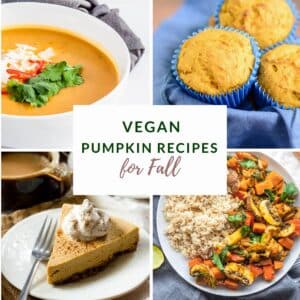
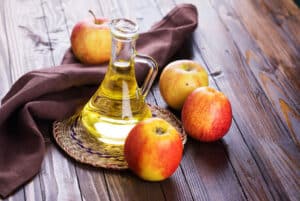
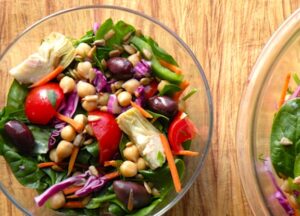
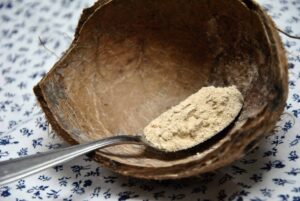
Ruchama says
One easy thing to do without buying new plates etc.is to do what I've done for years. Use the large dinner plate for salad and the small "salad plate" for the entree. Often at a festive meal on Shabbat I find I've filled myself up with salad and don't need as much of the entree and little or no dessert. Serving a large and fiber-rich/oil poor salad is not only healthful, it helps when you have a lot of hungry guests. No one feels hungry even if you are serving more people than you planned for. It also helps to have some canned grape leaves, artichokes, and hearts of palm on had to serve as filling, low calorie appetizers (vegan mayonnaise still has fat, so go easy on that!_
Darrell says
I have been reading with great humor the "Low Fat" / "Low Carb" diet comparisons. For years, I have been using the bread (Salad) plate for entrees. I've lost 40 pounds this way. Perhaps, someone should propose to the AMA, et. al. the "Low Volume" diet. Maybe we could end up with a healthier America.
Nava says
Darrell, you're so right and I love this comment. I just actually saw a story about how the typical restaurant meal is 4 times the volume of those of the 1950s! I think there's something instinctive about eating what's in front of us, left over from survival mode of millennia ago. It's so easy to be satisfied with much less. Thanks for "weighing in"!
Anonymous says
Good article. I'm facing many of these issues as well..
James Hay says
Actually, the average dinner plate has gone up 50% in size, not 25%. You don't line your food up in a line across the plate and a 11 inch plate has 50% more surface area than a 9 inch plate.
lesley says
I still have my set of china from the '60s and the plates are 10ins the same as modern ones. It does make sense to serve your meal on a lunch/salad (smaller size) plate but to suggest that dinner plates were smaller in the days of my youth, is simply not true.
Wendy Lorimer says
I came here after comparing the plates I use to my husband's plates. Mine are old from 1930's and 60's, all 8 1/2", his are new and are 11" across. You can buy smaller plates but looking online most are about 10" -11".
Dee says
Phaltzgraff has 9 inch plates
Nava says
Good to know, thanks!
Colleen Marsh says
Where can I find these smaller size plates and bowls in colors other than white??
Janin says
Great article. Came to it because a friend and I were looking at some dinner plates I inherited from my GGM. They aren't from the twenties and she was taken aback by how large the rim was and how small the actual - flat - plate area was. Altogether the plates are about 9" in diameter but the rim is 1.75" of that. I felt like this would be a great thing since i am trying to loose weight 🙂
Lou Ann says
The first comment recommends limiting the oil you use on your salad. Thats OK if you add either some olives, avocado, cheese, hardboiled egg or other fat (like olive oil) to your salad. Veggies found in a typical salad will yield the most nutrients when eaten with a little fat. In fact, your body can't break down and absorb many of those nutrients without fat, which should be eaten at the same meal as the salad to maximize absorption.
Scientists have now found that their advice over these many years to strictly limit all fats to lose weight was wrong. When your food isn't properly metabolized, you actually need more food to get enough nutrients for your body to perform its basic functions. Most canola oil now comes from genetically modified sources, so I don't use it. A cold pressed, extra virgin olive oil has not been processed with chemicals, so it's a good choice. Olives and avocado have beneficial monounsaturated fat, but when I'm out of those, I use a little cheese made from 1% milk.
Kathleen Brown says
I don't know, because the recommended allowance of food would require large plates. The problem as I see it is, that people nowadays are filling their plates with fried foods, and even going back for seconds. Adhering to a plant based diet only, would fill large sized plates, and I am confident they wou I'd have strong effects to thinning waist lines and provide plentiful, abundant flavors. Imagine for example, a large salad salad with mixes of vegetables and rice and berries in it, as compared to a large sized portion of fried fish and chips filling the same plate. Wouldn't those result comparisons be obvious to my point?